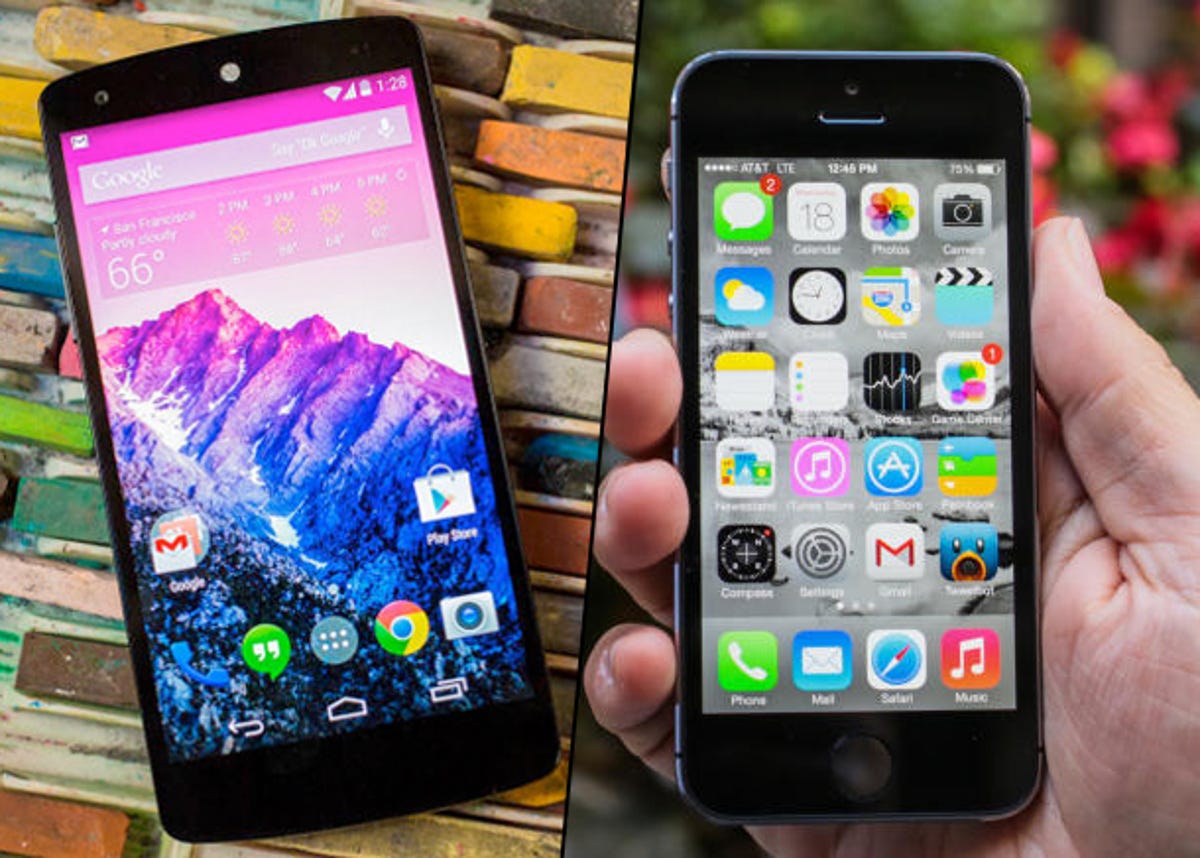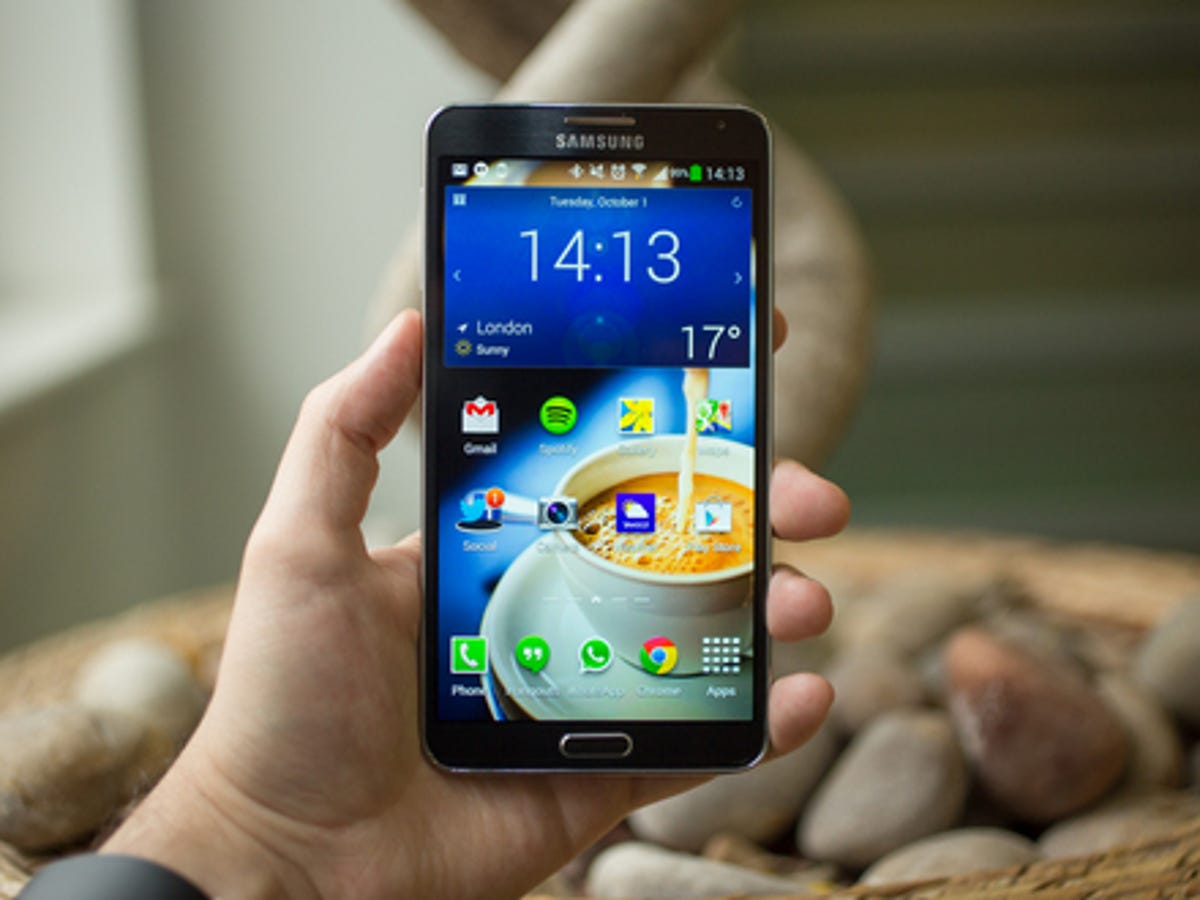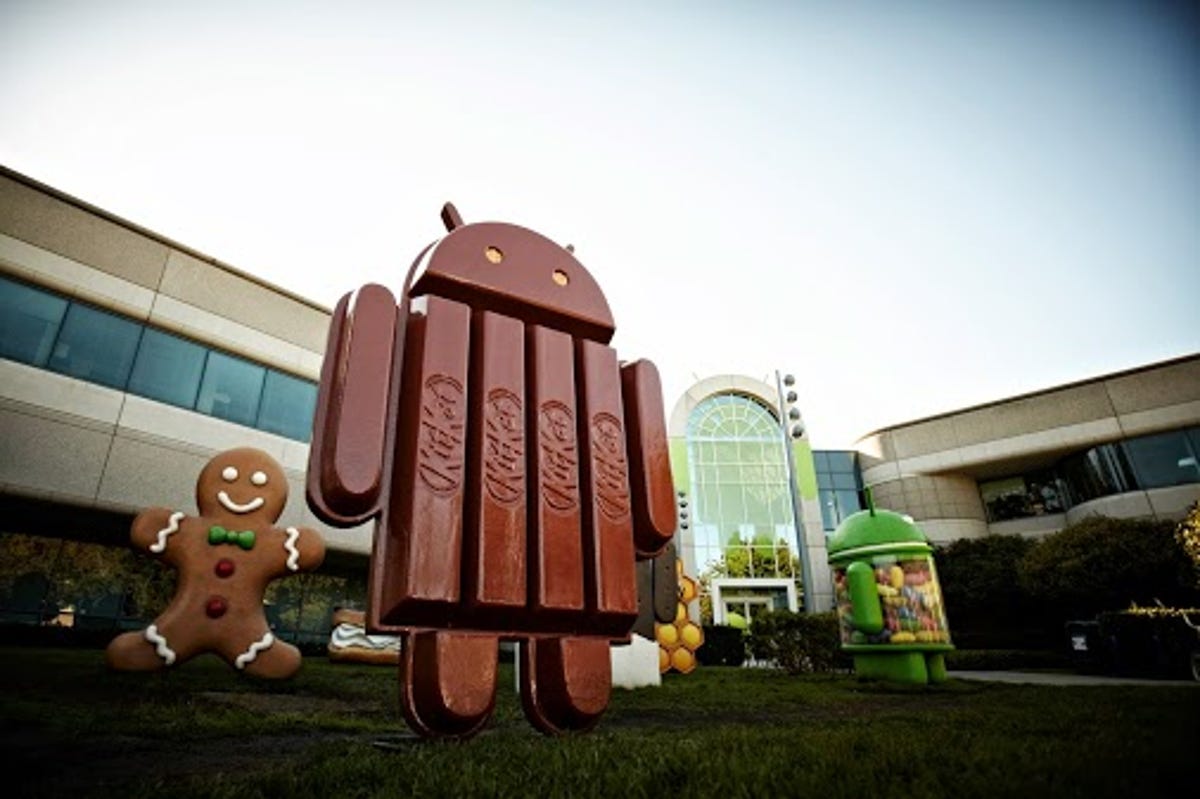
Luke Westaway/CNET
I know my way around the iPhone as well as I know my own living room. In fact, I know it a little better than my living room, since for the last few years whenever I’ve been in my living room I’ve usually been gawping at an iPhone, ignoring everything around me.
Related stories
- Great unlocked Android phones (roundup)
- Android 4.4 KitKat brings a little OS equality
- After two months with Android, I’m going back to iPhone. Here’s why
- Why I’m glad I never abandoned Android for an iPhone
- iOS vs. Android: The psychology that fuels the phone wars
While my job has required me to maintain a deep understanding of Android — and I’ve toyed with pretty much every Android gadget under the sun — the phone in my pocket since the days of the 3GS has always been an iPhone. That is, until my iPhone was stolen. At which point I decided it was probably time to spend a little more time with Google’s green robot.
Drama!
The prospect was a daunting one. For years now, the battle between iOS and Android has come to define the smartphone war. Just the other month, my esteemed colleagues Rick Broida and Brian Bennett penned two excellent, passionately worded articles explaining why they were going back to iPhone and sticking with Android, respectively. Apple doesn’t want customers to switch, and I contemplated what surprising roadblocks Tim Cook and his pals could throw up to make the transition a misery.
Apple and Google’s mobile war: A photographic timeline






I thought I might despise Android. An admittedly smaller part of me wondered if I’d actually love it. What I wasn’t prepared for was what actually happened: not much at all.
Sure, there was the initial shock of switching. My colleagues will attest to one or two Android-related tantrums, particularly over that wretched “Complete action using…” popup (“I don’t care, whichever one is best, make the decision for me,” my iOS-trained inner monologue still screams), and I started off with the Galaxy Note 3 , which is so massive it actually hurt my fingers.


Andrew Hoyle/CNET
Over the following weeks, however, I dabbled with a number of mobiles (the Galaxy S3 , the HTC One M8 and the Sony Xperia Z1 , which was my surprise favourite). But beyond the first 48 hours or so, any sense of strong emotion towards Android, either positive or negative, was notably absent.
The apps have it
The reason is that, with every Android phone I tried, it was much easier than I expected to get back to the smartphone experience I was used to. Here’s what switching actually entailed:
- Turn on Android phone and spend 5 minutes clearing out manufacturer-added widgets and apps that I’ll never use.
- Dive into settings, spend 2 minutes tweaking keyboard, notification LED etc, and turning on the pattern lock.
- Sign in with both work and personal Google accounts, fire up Google Play, and spend about 10 minutes installing 15 or so apps, including Twitter, Facebook, Kindle, Netflix, Android Device Manager (the power to remotely wipe that stolen iPhone was a comfort, and I wouldn’t give that up), WhatsApp, Google Drive, Spotify, Snapseed and language app Duolingo (porque yo intento aprender español).
- Sign into all these services.
- Use phone.
The services I used the most were right there at my fingertips, in less than half an hour. It’s true that there’s a difference in the apps available for iOS and Android, and that iOS still tends to get new apps first, but for me at least, there was nothing missing. I realised the apps I used the most were multi-platform, third-party and free to download.
I suspect the hold that app ecosystems have on us will only get looser. For one thing, it’s rarer and rarer to find apps you need to pay to install. All the apps listed above were free, even though many of them are services I pay for in one way or another. I’ve spent a lot of money on iOS apps over the years, but when I switched to Android, I didn’t end up paying for anything twice.
Got the look
As apps become more important than the operating system they sit on, could the cosmetic differences between iOS and Android (of which there are many), still be cause for an intense rivalry? Although Android looks and feels different, at its core it’s a similar beast to iOS.
Initially I found some of Android’s visuals appealing (live wallpapers get a big thumbs up), and others less so (why are so many menus painted a gloomy black?). But frankly, I stopped noticing all these cosmetic details in a matter of hours. I soon ditched the undulating Android live wallpaper for a more personal photo I’d taken, just as I distinctly remember turning off iOS 7’s swooping animations, because I thought it might get me in and out of my apps a microsecond faster.
The fresh new look of Apple iOS 7 (pictures)






The truth is, once I start using a phone I just want it to work. When I hit the unlock button, I don’t stop to gaze lovingly at any transitions, I just open Twitter. That might make me sound artless, but it’s true. My priorities are connecting to the Internet, opening and closing apps, typing in words, and occasionally taking and uploading photos.
Actually building a platform that makes these tasks fast and intuitive is not simple, but guess what? After years of work, both Apple and Google have managed it. As a result, I’m less and less conscious of whether what’s in my hand is an iPhone or an Android phone.


I’m not saying we’ve achieved perfect parity — clearly these two platforms are still very different. But when I think back to a few years ago, it’s clear that iOS and Android have moved towards each other, or at least that the influence of an increasingly app-and-subscription-centric world has made the experience of using them broadly similar.
Both platforms have been good for a long time. But what my surprisingly undramatic move from one to the other has taught me is that they’re now also quite similar. Not the same, but samey enough that jumping between them isn’t something that summons up any strong feelings. iOS vs Android? It’s no big deal.



